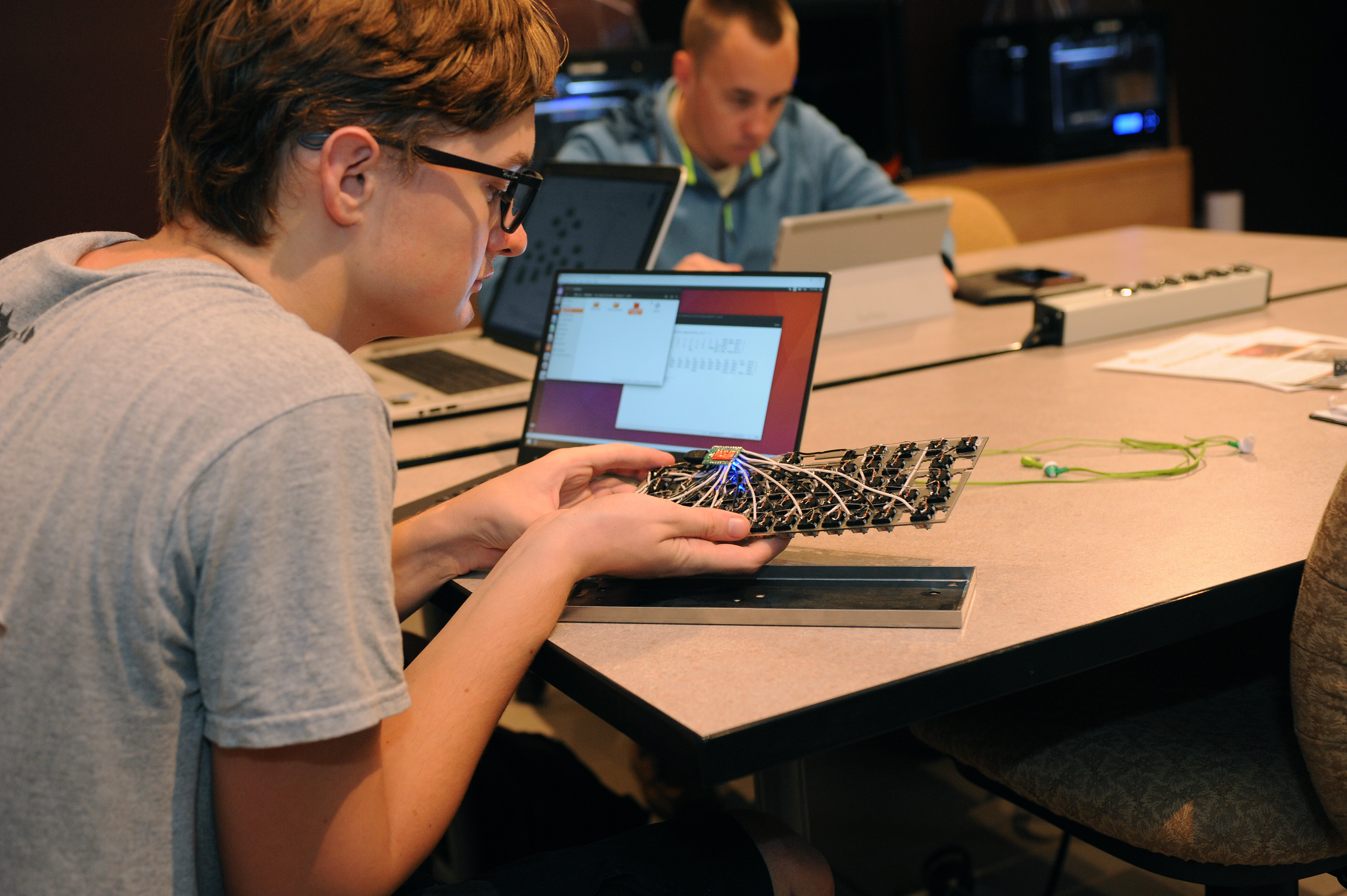Document Type
Conference Proceeding
Publication Title
Proceedings of SPIE - the International Society for Optical Engineering
Abstract
Packet-switched networks using the Internet Protocol (IP) provide multimedia services through broadband wireless access to mobile and fixed subscribers from an IP core network via bi-directional paths consisting of a hierarchy of high-speed routers, switches, and servers. Packets are aggregated at the nodes that form the ordered links of end-to-end paths between subscriber and gateway. Network resources are allocated at nodes to meet quality of service (QoS) requirements of new and existing calls. If sufficient resources are not available to satisfy a call's QoS, the call is blocked or dropped, reducing network "uptime" or availability. Packet flows are shared among redundant devices, clustered at nodes, to reduce blocking and dropping and speed failure recovery. A two-stage genetic algorithm (GA) is proposed to assign resources to feasible paths to provide calls the best possible resource utilization, availability, and QoS levels, while balancing traffic among devices at nodes. The GA operates on a population of integer-valued vectors of call ID, QoS requirements, and end-to-end paths encoded as node-device pairs. Selection, crossover, and mutation are defined for the GA. At call arrivals and departures, the GA limits the number of candidate paths based on their fitness to provide QoS, path availability, resource utilization, and load balance. Simulation results are discussed for different scenarios.
First Page
9
Last Page
27
DOI
10.1117/12.458711
Publication Date
3-11-2002
Recommended Citation
Hortos, W. S. (2002). Genetic routing algorithms to optimize availability in broadband wireless networks with load balancing. Paper presented at the Proceedings of SPIE - the International Society for Optical Engineering, , 4739 9-27.


